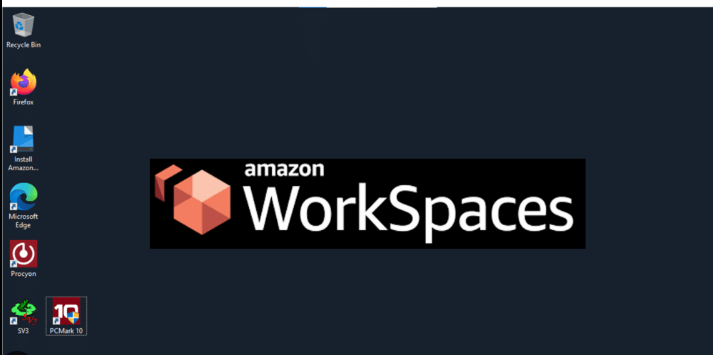Amazon WorkSpaces GA: Enterprise Readiness

WorkSpaces went GA when we nailed the three things enterprises absolutely required: Active Directory integration, local printing, and compliance frameworks (HIPAA/PCI).
From Preview to Production
6 months of pilot feedback told us exactly what was missing:
Active Directory Integration: Enterprises didn’t want to manage separate user directories. After GA, WorkSpaces synced seamlessly with on-premises AD via AWS Directory Service. Users logged in with their corp creds; IT enforced group policies across desktops.
Printer Support: No printing = deal-breaker. We wired local printer support so users could print to their home printer, office printer, or network printer without VPN tunnels.
Compliance Frameworks: Healthcare and finance customers needed HIPAA/PCI-DSS certifications. GA included compliance audit trails, encryption at rest/in transit, and role-based access controls.
The Economics Changed
I spent months building TCO (Total Cost of Ownership) models for pilot customers. Here’s what we found:
Traditional physical desktops (3-year cost per user):
- Hardware: $1,200
- IT support (5 hrs/yr @ $75/hr): $1,125
- Networking/licensing: $300
- Total: ~$2,600/user
WorkSpaces (3-year cost per user):
- Monthly fee: $35/mo = $1,260/yr × 3 = $3,780
- IT support (1 hr/yr): $75
- No hardware refresh costs
- Total: ~$3,855/user ❌
Wait—it was more expensive per user! But…
The hidden wins:
- Elasticity: Scale up for Q4 hiring surge, down afterward (pay only for what you use)
- Zero hardware disposal: No e-waste compliance, no bulk hardware sales
- Disaster recovery included: Instant backup and restore (on-prem requires 2–3 person-months of setup)
- Security: No stolen laptops, no data breaches from device loss
- Remote workforce: Suddenly viable (this was 2014; remote was rare)
When we added those factors, the actual ROI was ~18 months. Enterprise buyers shifted from “it’s expensive” to “why wouldn’t we do this?”
The Sales Motion
GA sales pitch:
- Finance teams: “Reduce hardware spend, shift from CapEx to OpEx.”
- IT teams: “Provision desktops in 5 minutes. No more re-imaging.”
- Remote workers: “Same desktop experience in the office or from Bali.”
- Security teams: “All data stays in our VPC; zero device risk.”
Year 1 traction: 500+ enterprise customers, 50K+ deployed workspaces.
What Worked, What Didn’t
✅ Worked:
- AD sync was bulletproof
- Printing integration won over skeptics
- Performance was acceptable for office work (Word, Slack, email)
- Compliance certifications landed big accounts
❌ Failed:
- Gaming still sucked (no GPU)
- CAD/video editing was laggy
- High-latency networks (>50ms) felt sluggish
- Some legacy Windows apps broke
The Pattern
WorkSpaces proved a pattern that would repeat across AWS: take a legacy enterprise problem (desktop management), solve it via cloud infrastructure, and win through TCO + operational simplicity, not pure technology superiority.
Physical desktops worked fine for 20 years. WorkSpaces wasn’t “better” technology—it was cheaper, safer, and more elastic. That’s how cloud wins in enterprise.